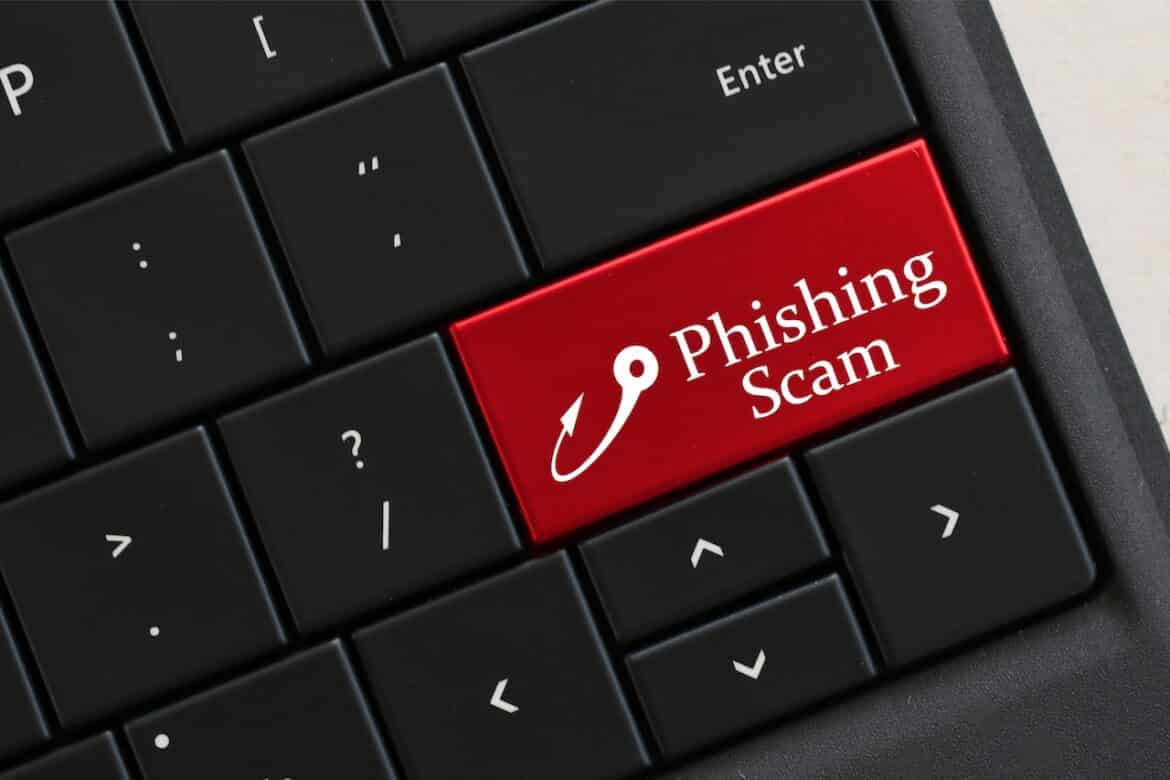
If you own or manage a business in Hawaii, you might be a target for one of the most common cybersecurity threats: phishing scams. In 2018 alone, 64 percent of businesses experienced a phishing attack.
The push toward remote work in 2020 has seen this number grow even larger. Cofense’s 2020 Phishing Review states that scammers have shifted toward targeting file sharing cloud services, such as OneDrive, because companies use these services regularly. Here are more details about the most common types of phishing attacks, including how they are successful and how you can reduce your risks.
